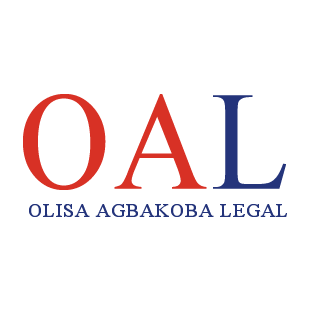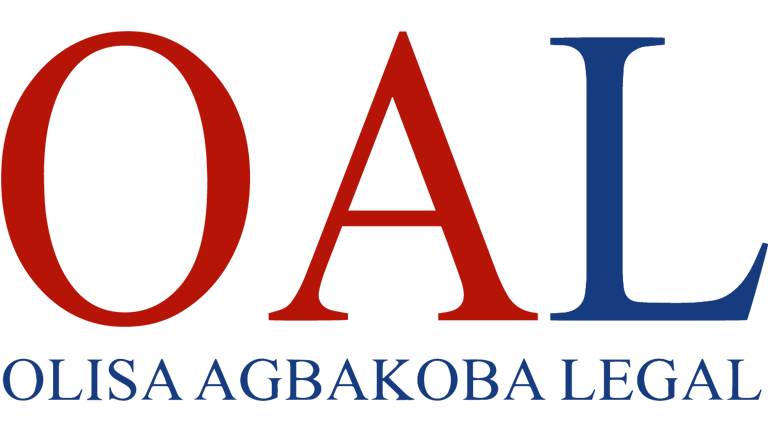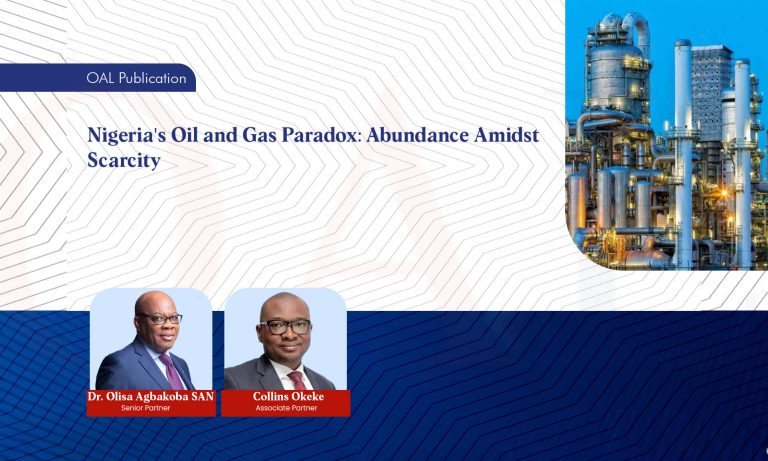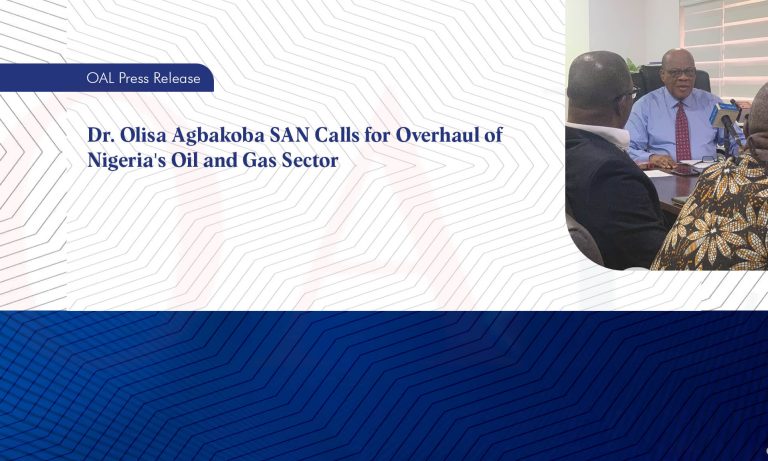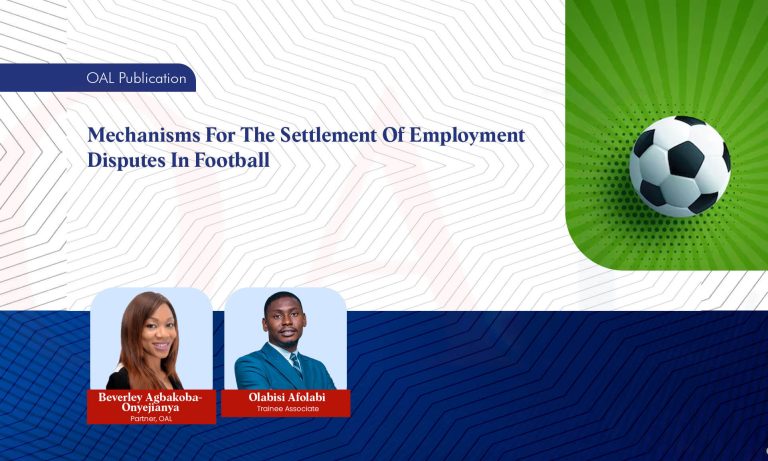
Debt Recovery Strategies in Nigeria: A Guide for Banks and Other Business Entities
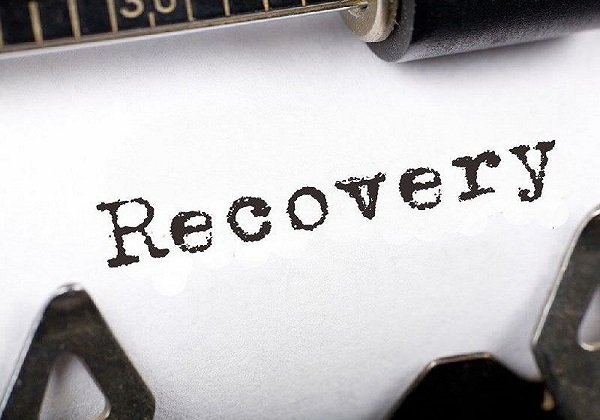
Debt Recovery Strategies in Nigeria: A Guide for Banks and Other Business Entities
It is not unusual for banks and other financial institutions in the business of advancing loans for interest to have non-performing loans and debts owed by customers. Debt obligations also arise from day to day commercial transactions entered into by other business entities. This write-up highlights steps and strategies to recover debts in Nigeria.
Before we go on to highlight the strategies, it is important to emphasize that documentation is key to debt recovery. Banks and Financial institutions, as well as parties entering into commercial transactions, must ensure that there is adequate documentation in place that clearly define the obligations of each party, liabilities, and remedies to be taken in the event of a breach of the terms of the agreement between parties. It is always advisable to seek professional help when entering into commercial transactions to ensure adequate measures to recover debts that may arise from such transactions.
Over the years as a leading debt recovery and insolvency firm in Nigeria, we have deployed several tools and strategies to recover debts, and we summarize these strategies and steps as follows:
Due Diligence Before Recovery
- Ascertain the amount of debt owed (principal and interest).
- Ascertain person(s) liable.
- Is the debt due or has there been any occurrence that has made the debt due irrespective of agreed repayment timelines?
- Is there any admission of the debt?
- Is there a likelihood that the debt may be disputed, are there reasonable grounds to dispute?
- Is there collateral for the debt?
- What is the nature of the Collateral? Is it legal or equitable?
- Is the collateral immediately enforceable?
- Are there any legacy issues.
Checklist or Review of Documents
- Offer and Acceptance of the loan.
- Documents evidencing drawdown/utilization of the loan e.g. Statement of Accounts, Cheques, etc.
- Documents evidencing Default
- Collateral Documents e.g mortgage/debentures, personal guarantees
- Contracts and agreement between parties
- Correspondence acknowledging the debt.
- Demand Letters.
Debt Recovery Strategies in Nigeria: Tools For Banks and Other Business Entities
Court Tools
- Simple Debt Action/Fast Track Procedure at the Lagos High Court
- Action for Recovery under the Undefended List/ Summary Judgment
- Action for enforcement of Collateral e.g. Claim for Possession, Claim to enforce Debenture, Personal Guarantee Action, Hypothecation Action etc.
- Insolvency: Bankruptcy and Winding Up
- Receivership
- Enforcement of Personal Guarantees Under the Bankruptcy Act
- Foreclosure of Mortgage Property
- Mareva Injunction
Alternative Dispute Resolution Tools
- Negotiation
- Mediation
- Arbitration
Extraordinary Actions in Debt Recovery
- Law Enforcement Agencies- Lodgment of a Criminal Petition for Illegal Diversion of Funds, Obtaining by Fraud or Issuance of Dud Cheque. Note however that the use of the Law Enforcement agencies as a recovery strategy has worked in some cases but, there are risks for violation of Human Rights especially where the debtor is detained or imprisoned.
- Adverse Publicity/Publications (Name and Shame) – can be utilized but is inherent with dangers/risks for defamation or slander;
- Threat of prosecution
- Disruption of operations
Whatever tool is deployed, there is a standard expectation of adherence to legal requirements.
Alternative Debt Recovery Strategies in Nigeria
- Business Recovery Model: This will ensure a WIN-WIN outcome as opposed to the Litigation model which is a WIN-LOSE outcome. The CAMA 2020 has introduced Business Rescue provisions for companies in distress. ADR methods like Early Neutral Evaluation, Mediation, Expert Determination, etc can also be applied in a hybrid manner to achieve quick resolution.
- Litigation-Mediation Model: Litigation to be applied to jumpstart the recovery process and bring the Debtor to the mediation/negotiation table. This has proved effective in our work.
- Litigation Model: This should be seen as the last resort in all cases. A ‘scenario plan’ for a typical recovery case will reveal that it could take as long as 5-10 years to conclude an intricate case that goes on Appeal.
Conclusion
The OAL Debt Recovery Strategy for Banks and Other Business Entities
At Olisa Agbakoba Legal, we employ a hybrid of possible options in Recovery, revolving around the 3 Basic approaches enumerated above. The Litigation Model has not proved to be very effective for quick recovery as we have to face several challenges, including waste of time and costs. It is always our last option. We encourage entities to ‘switch’ from the Loan Recovery to the Business Recovery Model. We have had more debts restructured and performed with the Business Recovery Model than with the Litigation Model. We encourage the Business Recovery Model where practicable as an effective tool for debt recovery – This will ensure a WIN-WIN outcome as opposed to the Litigation model which is a WIN-LOSE outcome.
Written By: Adebola Sobowale (Partner/Head Insolvency and Debt Recovery Group, Olisa Agbakoba Legal)
Author
